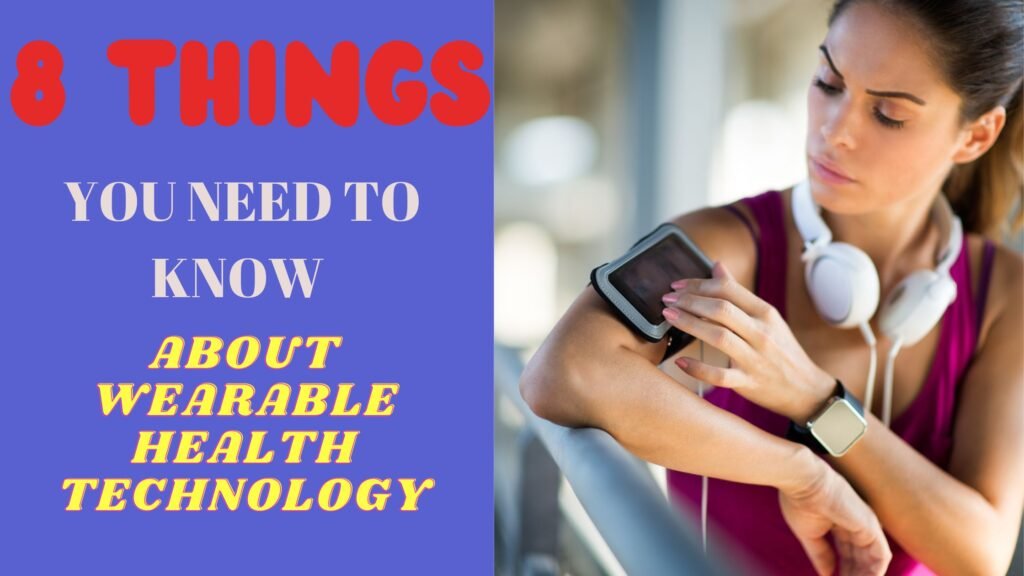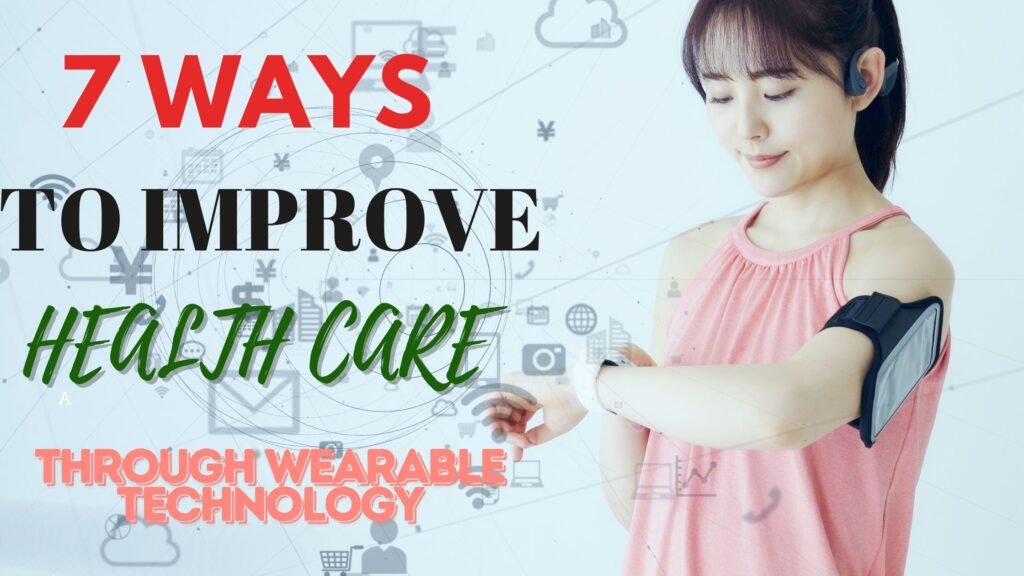What is telemedicine?
Telemedicine refers to the use of telecommunications technology to deliver healthcare services and clinical information from a distance.
This method allows healthcare providers to diagnose, treat, and manage patients’ health without the need for an in-person visit. The concept of telemedicine encompasses various forms of medical communication .
This includes live video conferencing, remote patient monitoring, and store-and-forward practices.
How did telemedicine start
The history of telemedicine dates back to the early 20th century when radio was used to give medical advice to ships at sea.
The evolution of this field has been marked by significant milestones, such as the development of telehealth systems by NASA in the 1960s to monitor astronauts’ health. secondly , the adoption of telemedicine services by rural hospitals in the 1990s to address the shortage of specialists.
Today, telemedicine has grown exponentially, facilitated by advancements in internet technology.
Including the widespread use of smartphones and other digital devices.
The different forms of telemedicine
Live video conferencing enables real-time interaction between patients and healthcare providers.
This makes it an effective tool for consultations, telehealth urgent care, and telemedicine appointments.
Remote patient monitoring is also another form of telemedicine.
This involves the continuous collection and transmission of patient health data, such as vital signs, from home-based devices to healthcare providers.
This approach is particularly beneficial for managing chronic conditions.
Store-and-forward telemedicine allows healthcare providers to share medical information, such as X-rays or lab results, with specialists for further analysis, enhancing diagnostic accuracy and treatment planning.
The difference between telemedicine and telehealth
It is crucial to distinguish between telemedicine and telehealth.
Telemedicine specifically refers to clinical services provided remotely. Telehealth, on the other hand, is a broader term that encompasses all forms of remote healthcare services. This also includes non-clinical services like administrative meetings, continuing medical education, and public health outreach.
Both telemedicine and telehealth services play a vital role in the modern healthcare landscape, offering increased accessibility and convenience to patients worldwide.
How does telemedicine work?
Telemedicine leverages technological advancements to facilitate remote medical services.
Again, it offers a seamless bridge between healthcare providers and patients.
Central to telemedicine’s functionality is robust internet connectivity, which ensures real-time communication via video, audio, and text.
The technological infrastructure also includes specialized software platforms designed for secure and efficient telehealth services.
These platforms support various functionalities, such as virtual consultations, remote diagnostics, and digital record-keeping.
The role of Medical devices
Medical devices play a crucial role in telemedicine by enabling remote monitoring and diagnostics.
Devices such as digital stethoscopes, otoscopes, and wearable health trackers allow healthcare providers to gather and analyze patient data from afar.

These tools are integrated with telehealth software to provide a comprehensive view of the patient’s health status.
The process of scheduling a telemedicine appointment typically begins with scheduling through a telehealth website or app.
Patients select a convenient time, and the system notifies the healthcare provider. On the day of the appointment, patients log in to the telehealth platform, where they can interact with their provider through a secure video call.
During this virtual consultation, the provider can discuss symptoms, review medical history, and suggest treatment plans.
For more complex cases, telemedicine urgent care services can offer immediate attention, ensuring timely medical intervention.
Telemedicine and Mental health care
Telemedicine services extend beyond general healthcare to specialized fields such as telehealth mental health and telehealth and behavioral health.
These services allow patients to receive therapy and counseling from the comfort of their homes.
This definitely breaks down barriers to mental health care access.
After the initial consultation, follow-up care is streamlined through telemedicine. Patients can easily schedule follow-up appointments, receive medication prescriptions, and even engage in telemedication management.
This continuity of care ensures that patients remain engaged in their treatment plans, improving overall health outcomes.
In essence, telemedicine redefines traditional healthcare delivery by integrating advanced technologies and fostering a collaborative environment between patients and providers. This approach not only enhances accessibility but also ensures that quality care is available to all, regardless of geographical limitations.
8 Positive Impacts on Patient Care
Telemedicine has significantly transformed patient care.
Specifically by enhancing accessibility to healthcare services.
Particularly in remote and underserved areas, telehealth services bridge the gap between patients and healthcare providers.
This ensures that no one is left without essential medical attention. For instance, rural patients can now consult specialists through telemedicine appointments without the need to travel long distances.
This thereby reduces barriers to quality care.
Moreover, telemedicine has been instrumental in reducing healthcare costs.
How may you ask?
By minimizing the need for in-person visits, telehealth services save both time and money for patients and healthcare systems alike.
For example, a study by the American Journal of Emergency Medicine found that telehealth urgent care visits are substantially less expensive than traditional emergency room visits.
Convenience is another significant advantage of telemedicine.
Patients can schedule appointments at their convenience and avoid long waiting times. This ease of access is particularly beneficial for individuals with mobility issues or those with demanding schedules.
Telemedicine appointments can be conducted from the comfort of one’s home, making healthcare more accessible and less disruptive to daily life.
More positive impact:
Telemedicine also enhances patient engagement by providing tools that empower patients to take an active role in their health management.
Through telehealth platforms, patients can easily access their medical records, receive educational materials, and communicate with their healthcare providers.
This increased engagement can lead to better health outcomes and higher patient satisfaction.
Chronic disease management has seen marked improvements with the advent of telemedicine.
Continuous monitoring and virtual consultations enable healthcare providers to manage chronic conditions more effectively.
For example, patients with diabetes can regularly upload their glucose readings for review, allowing for timely adjustments in treatment plans.
Improved follow-up care is another notable benefit of telemedicine.
Patients can receive prompt follow-up consultations without the need for additional travel, ensuring continuity of care. This is particularly important for post-surgical patients, who require frequent monitoring to prevent complications.
Telemedicine facilitates quicker access to specialists, which can be crucial in diagnosing and treating complex conditions. Telehealth services allow primary care physicians to consult with specialists in real-time, expediting the diagnostic process and enabling faster treatment interventions.
Lastly, telemedicine plays a pivotal role in preventive care.
Regular virtual check-ups and easy accessibility for healthcare providers encourage patients to engage in preventive practices. For instance, routine screenings and early detection of health issues can be managed efficiently through telehealth, leading to better long-term health outcomes.
Disadvantages of Telemedicine
. Telemedicine is not without its challenges.
Technological barriers, including the need for reliable internet access and familiarity with digital platforms, can limit its reach.
Data security remains a pressing concern.
The increase in the use of telehealth websites raises the risk of cyberattacks and data breaches.
Moreover, certain medical conditions necessitate physical examinations, which virtual consultations cannot fully replicate.
This limitation can lead to potential misdiagnoses.This is highlighted by a study in the Journal of Medical Internet Research, which found a 15% higher rate of diagnostic errors in telemedicine compared to in-person consultations.
In summary, while telemedicine offers numerous advantages, such as cost savings, time efficiency, and improved accessibility, it also presents challenges that need to be addressed.
Balancing these strengths and weaknesses is essential for the future development of telemedicine services.
Benefits for Patients
Telemedicine offers a multitude of benefits for patients, significantly transforming the healthcare experience. One of the most notable advantages is the increased convenience it provides.
Another key benefit is the reduction in healthcare expenses. By minimizing the need for physical visits, telemedicine can help lower costs related to transportation, childcare, and time off work.
Furthermore, many telehealth services have lower consultation fees compared to in-person visits, making healthcare more affordable for a broader population.
Telemedicine also enhances access to specialists.
RELATED BLOG POST
This is particularly beneficial for patients requiring specialized care that may not be readily available in their local area.
Through telehealth websites, patients can connect with a diverse range of healthcare providers, ensuring they receive the expert attention they need. This is especially important for individuals with complex or rare medical conditions who might otherwise face long waiting periods for specialist appointments.
Moreover, telemedicine can create a more comfortable and less intimidating environment for patients.
The familiarity of being at home can reduce anxiety and make patients more willing to discuss sensitive issues, particularly in telehealth mental health and telehealth behavioral health consultations. This comfort level can lead to better patient compliance and overall satisfaction with the healthcare experience.
In summary, telemedicine offers a range of benefits that enhance patient convenience, reduce costs, improve access to specialists, and foster better continuity of care.
These advantages collectively contribute to a more patient-centered approach, ultimately leading to better health outcomes and higher levels of patient satisfaction.
Disadvantages of Telemedicine in Rural Areas
One of the primary obstacles in rural areas is limited internet connectivity.
Rural areas often suffer from inadequate broadband infrastructure, making reliable telemedicine appointments difficult.
Without stable internet connections, patients cannot access telehealth services consistently, leading to interrupted or missed consultations.
Another significant issue is the lack of technological infrastructure.
Many rural healthcare facilities lack the necessary hardware or software to support telemedicine services.
This deficiency limits the ability of healthcare providers to offer comprehensive telehealth urgent care or telehealth mental health services.
The initial investment to upgrade technological infrastructure can be prohibitive for many rural healthcare providers, further exacerbating the gap in healthcare accessibility.
Resistance to adopting new technologies is another barrier to the widespread adoption of telemedicine in rural areas. Both healthcare providers and patients may be reluctant to shift from traditional in-person consultations to telehealth services.
This resistance can stem from a lack of familiarity with technology, concerns about the quality of care delivered remotely, or cultural preferences for face-to-face interactions.
Despite these challenges, potential solutions exist.
Improving internet connectivity through government and private sector initiatives can provide the necessary foundation for effective telehealth services.
Investing in technological infrastructure and training for healthcare providers can also facilitate the transition to telemedicine.
Moreover, education and awareness campaigns can help to overcome resistance and foster acceptance of telemedicine in rural communities.
With concerted efforts, the benefits of telemedicine can be extended to even the most remote areas, ensuring equitable access to healthcare for all.
Examples of Telemedicine in Practice
One notable instance is in dermatology.
Telemedicine platforms allow dermatologists to evaluate skin conditions through high-resolution images submitted by patients.
This approach not only expedites diagnoses but also reduces the need for in-person visits.
In the realm of psychiatry, telehealth mental health services have gained significant traction.
By leveraging video conferencing tools, psychiatrists and therapists can conduct secure, real-time consultations, ensuring continuous care for patients with mental health conditions.
This model has proven especially effective for routine follow-up appointments, medication management, and therapeutic sessions, thereby improving patient adherence and overall mental health outcomes.
Cardiology has also embraced telemedicine, particularly through remote monitoring devices that track patients’ vital signs and heart activity.
These devices transmit data to cardiologists, enabling continuous monitoring and timely intervention for patients with chronic heart conditions. Such telemedicine services have been crucial in preventing hospital readmissions and managing acute cardiac events more effectively.
More application examples
Primary care practices have integrated telehealth services to offer telemedicine urgent care appointments, providing immediate consultation for non-emergency situations.
This has been a game-changer in managing acute illnesses, minor injuries, and common infections, as patients can receive timely advice and prescriptions without the need for physical clinic visits.
The COVID-19 pandemic further accelerated the adoption of telemedicine, showcasing its potential to transform patient care.
During lockdowns, telemedicine platforms became vital in maintaining continuity of care while minimizing exposure risks.
Innovative solutions such as virtual triage systems, telehealth urgent care, and remote monitoring tools were implemented to manage COVID-19 cases and other medical conditions effectively.
The pandemic also spurred advancements in telehealth and behavioral health services, addressing the increased demand for mental health support.
Telehealth websites and apps facilitated remote consultations, ensuring that patients could access essential mental health care despite physical distancing measures.
Is telemedicine the future of healthcare?
The landscape of healthcare is undergoing a significant transformation, with telemedicine at the forefront.
As advancements in technology continue to accelerate, the potential for this process to reshape healthcare delivery and patient care becomes increasingly evident.
Emerging trends such as the integration of artificial intelligence (AI), wearable technology, and blockchain are poised to change telehealth services, making them more efficient, personalized, and secure.
Artificial intelligence plays a pivotal role in enhancing telemedicine services.
AI algorithms can analyze vast amounts of data to provide accurate diagnoses, predict patient outcomes, and recommend personalized treatment plans.
This not only improves the quality of care but also reduces the burden on healthcare professionals.
AI-powered telemedicine appointment systems can streamline the process of matching patients with the right specialists, thereby enhancing the overall patient experience.
Wearable technology is another critical component in the future of telemedicine.
Devices such as smartwatches and fitness trackers can continuously monitor vital signs, activity levels, and other health metrics.
This real-time data can be seamlessly integrated into telehealth platforms, enabling healthcare providers to monitor patients remotely and intervene promptly if any anomalies are detected.
Wearable technology and telehealth
The combination of wearable technology and telehealth urgent care services can significantly enhance preventive care and chronic disease management.
Blockchain technology offers a solution to many of the security and privacy concerns associated with telemedicine.
By providing a decentralized and immutable ledger, blockchain can ensure the integrity and confidentiality of patient data.
This is particularly important in telehealth mental health and behavioral health services, where the sensitivity of patient information is paramount.
Blockchain can also facilitate secure and transparent transactions, easing the administrative burdens associated with telemedicine services.
Regulatory changes
As telemedicine continues to evolve, regulatory changes will play a crucial role in its adoption and expansion.
Governments and healthcare authorities are increasingly recognizing the benefits of telemedicine, and efforts are underway to create a supportive regulatory framework.
These changes may include standardizing telehealth website protocols, ensuring reimbursement parity with in-person visits, and addressing cross-border practice regulations.
Conclusion
Telemedicine is poised to become an integral part of the healthcare ecosystem.
With advancements in AI, wearable technology, and blockchain, the potential for telemedicine to improve healthcare delivery and patient outcomes is immense.
As regulatory frameworks evolve to support this shift, the adoption of telemedicine services is likely to accelerate, paving the way for a more accessible, efficient, and patient-centric healthcare system.
Dont forget to follow me on pinterest for more health tips







